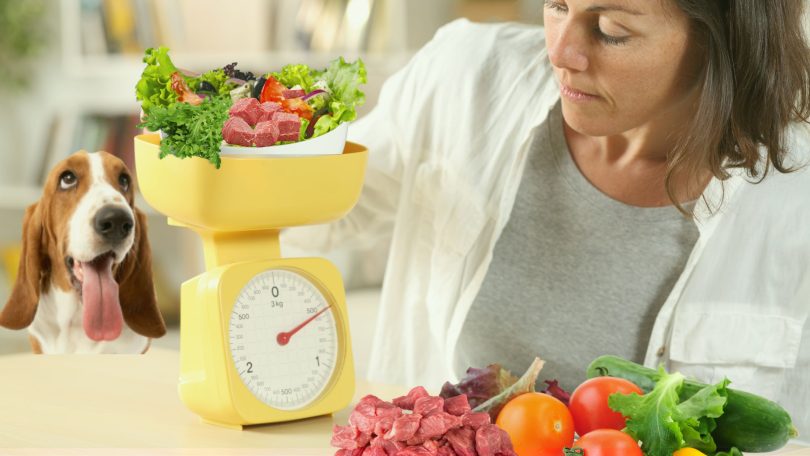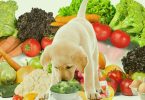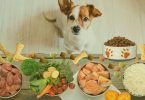When it comes to how much homemade dog food to feed your furry friend, there is no one-size-fits-all answer. The amount of food you need to give your dog will vary depending on their size, age, and activity level. In this blog post, we will provide a guide for how much homemade dog food to feed dogs of different sizes. We will also discuss some tips for ensuring that your dog gets the right nutrition from their homemade diet.
Summary – home cooked dog food portions
- Small dogs (under 20 pounds): Small dogs generally need between ¼ and ½ cup of food per day.
- Medium dogs (21-50 pounds): Medium dogs generally need between ½ and one cup of food per day.
- Large dogs (over 50 pounds): Large dogs generally need between one and two cups of food per day.
The amount of homemade dog food you feed your dog will also vary depending on the ingredients you use in your homemade dog food recipes. For example, if you are using a lot of meat in your homemade dog food, you will likely need to feed your dog less than if you are using mostly vegetables. You should always consult with your veterinarian to get specific recommendations for how much homemade dog food to feed your dog.
When it comes to choosing the right food for your dog, quality is always more important than quantity. You should make sure that your homemade dog food you are feeding your pet is nutritious and well-balanced. If you are unsure about how to do this, you can talk to your veterinarian or a canine nutritionist. They will be able to help you select ingredients that will provide your dog with the nutrients they need.
Feeding your dog the right amount of food is essential for their health and wellbeing. By following our guide, you can ensure that your furry friend gets all the nourishment they need from their diet.
Ensuring the right nutrients
In addition to feeding your dog the right amount of food, you also need to make sure that their diet is nutritious and well-balanced. This means including all the essential nutrients that your dog needs in their diet. Some of the most important nutrients for dogs include:
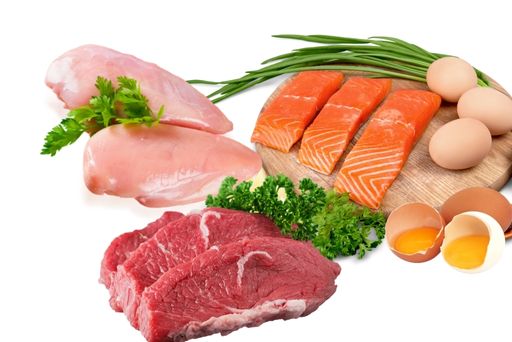
Protein: Protein is essential for maintaining muscle mass and promoting growth. Dogs need high-quality protein from animal sources such as meat, poultry, fish, and eggs.
Fat: Fat provides energy and helps keep your dog’s coat healthy. Dogs need fat from animal sources such as meat, poultry, fish, and eggs.
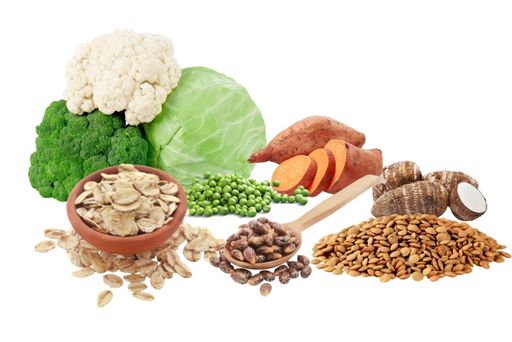
Carbohydrates: Carbohydrates are an important source of energy for dogs. Complex carbohydrates such as those found in vegetables and whole grains are the best choice for dogs.
Vitamins and minerals: Vitamins and minerals are essential for maintaining health. Dogs need vitamins A, D, E, and K, as well as calcium, phosphorus, and iron.
By including all of these nutrients in your dog’s diet, you can ensure that they stay healthy and happy. When in doubt, use our homemade dog food calculator to figure out how much to feed your dog. The dog raw dog food calculator runs the numbers considering your dog’s weight to explain how much fresh good they should be geetting.
How to create a balanced dog food recipe?
One easy way to make sure your dog is getting all the nutrients they need is to create a homemade dog’s food recipe that includes all of the necessary ingredients. Here is a basic recipe that you can use as a starting point:

- One pound of ground meat (beef, chicken, turkey, lamb)
- One cup of cooked rice or pasta
- ½ cup of vegetables (chopped carrots, green beans, broccoli, sweet potatoes)
- ¼ cup of flour
- Two tablespoons of olive oil or other healthy fat
- One teaspoon of salt
- One tablespoon of dried herbs (parsley, rosemary, thyme)

- Preheat the oven to 350 degrees Fahrenheit.
- In a large bowl, mix together all of the ingredients.
- Place the mixture in a baking dish and bake for 30 minutes.
- Allow the food to cool before serving it to your dog.
This recipe can be modified to suit your dog’s specific needs. For example, if your dog has allergies, you can substitute the meat for a different protein source such as fish or tofu. You can also add or remove any of the vegetables based on what your dog likes to eat. Remember to consult with your veterinarian before making any changes to your dog’s diet.
If you want to get creative, check one of our many recipes available in video format.
Conclusion – managing your own dog food
Feeding your dog the right amount of food is essential for their health and wellbeing. By following our guide, you can ensure that your furry friend gets all the nourishment they need from their diet.
If you have any questions about how much homemade dog food to feed your pet, be sure to consult with a veterinarian or canine nutritionist. They will be able to help you select ingredients and create a recipe that is tailored to your dog’s specific needs. With their guidance, you can ensure that your dog has a healthy and balanced diet.

